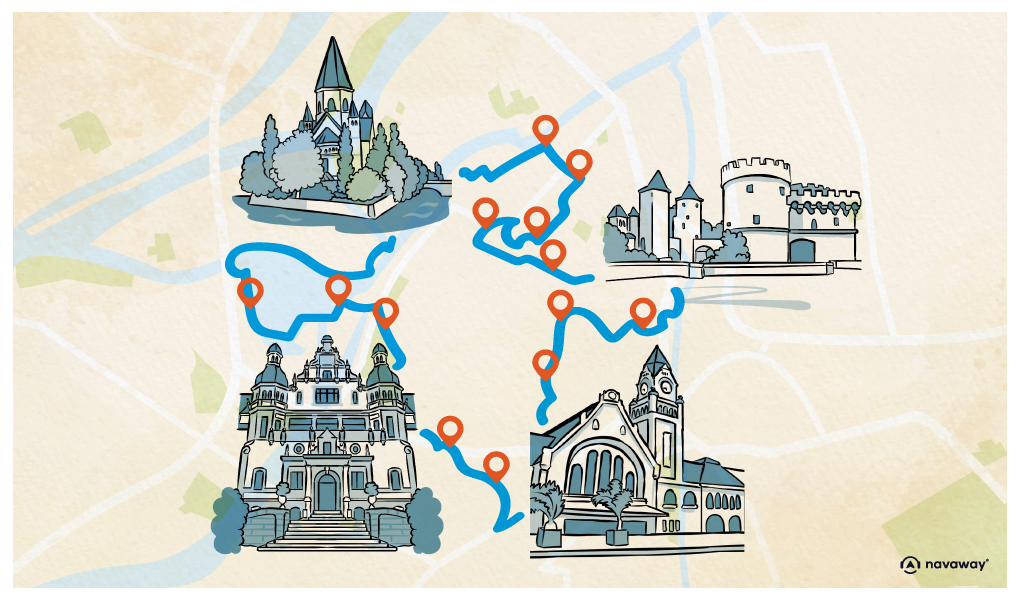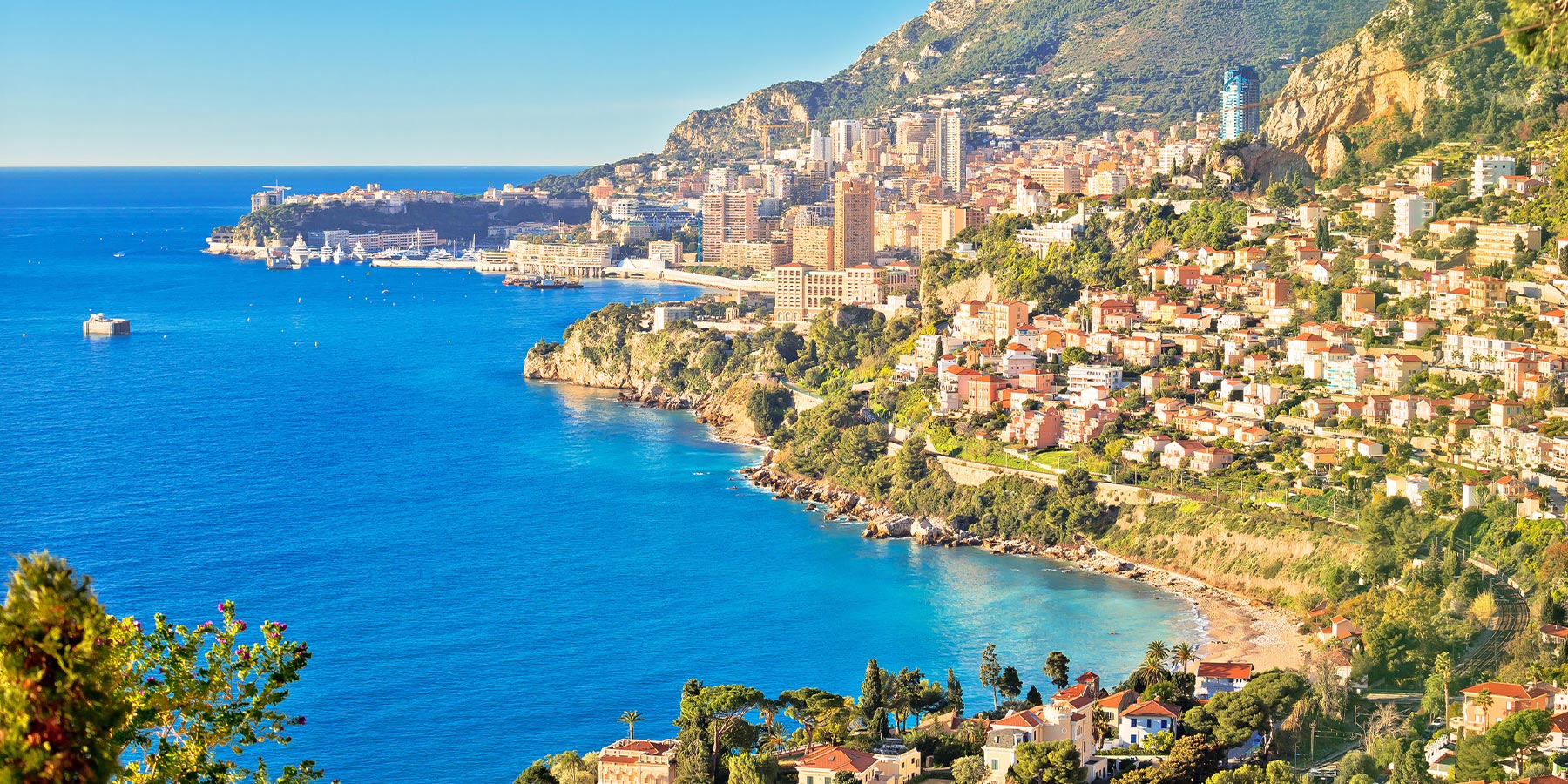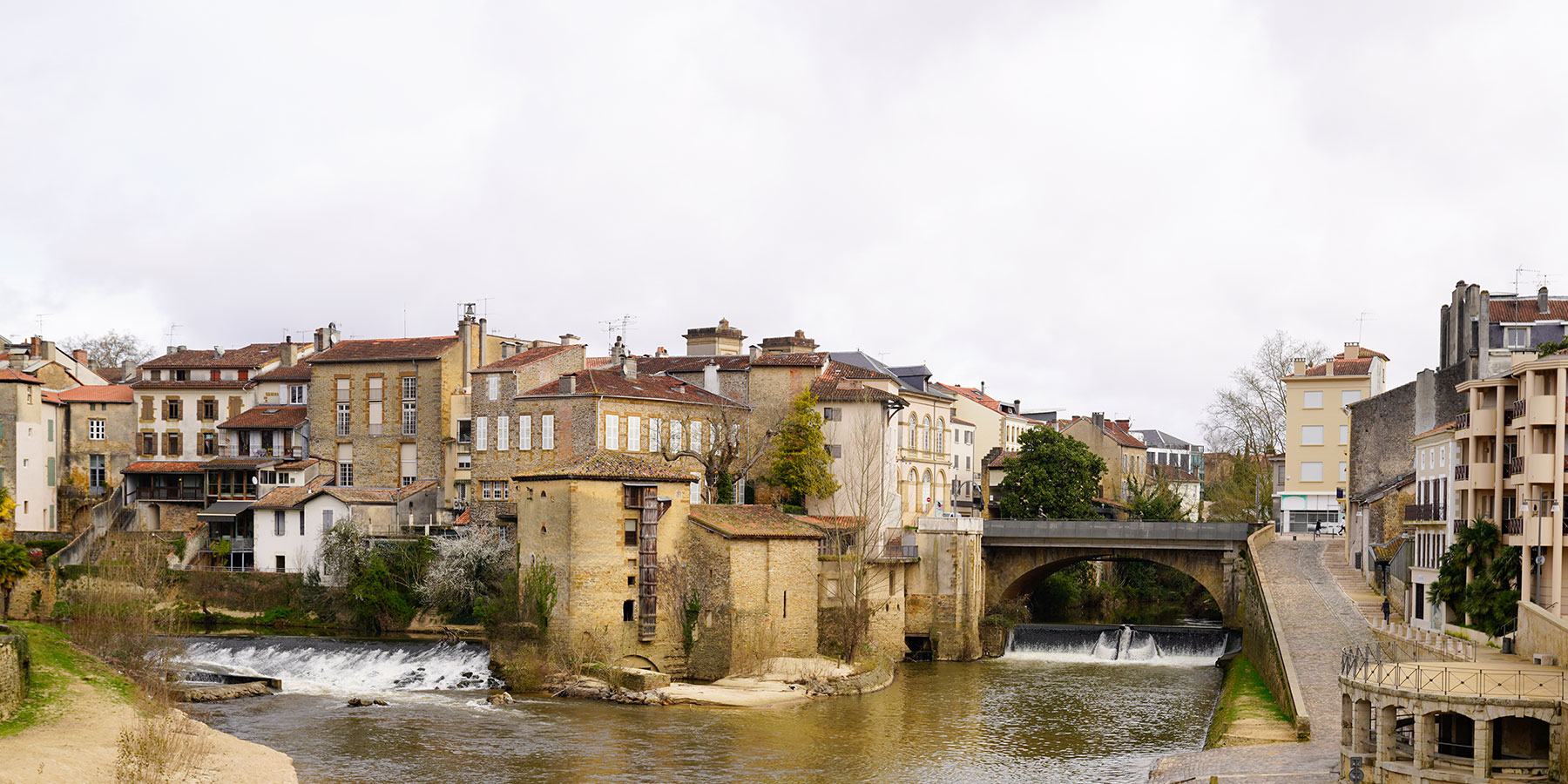
Saint-Etienne Cathedral

This point of interest is available as audio on the tour: Visit Metz, 3000 years of history
Here it is at last, the magnificent Saint-Étienne Cathedral. It’s one of a kind and among the most impressive cathedrals in France. Its construction spanned three centuries, and continued to evolve until the 20th century. It’s nicknamed the Lantern of God. With its 6,500 square meters of colorful stained glass windows, it is indeed the most glass-covered Gothic cathedral in the world. The nave rises over 40 meters high, making it the third highest in France behind Beauvais and Amiens. It’s also 136 meters long, placing it among the ten longest cathedrals, ahead of Notre-Dame de Paris. There is no wonder whyit’s the most visited monument in Lorraine!! But let’s go back to its origins and the mysteries surrounding its construction, which began 8 centuries ago. Originally, there were two separate buildings. An imposing Romanesque basilica and, in front of it, a small collegiate church in the shape of a half-rotunda, which earned it the name Notre Dame de la Ronde. In the 13th century, the Bishop of Metz wanted to build a new cathedral. Metz was a prosperous merchant city, the diocese was wealthy, they could afford to build a beautiful new cathedral! A first construction campaign was launched, then in the 14th century, an architect inherited the daunting task of uniting the two buildings into one and placing the new towers of the future Metz Cathedral alongside the sky. This man was Pierre Perrat. And he went through hell! Bringing these two buildings together was a real conundrum. Nevertheless, he had already achieve such a featin Toul and Verdun; Metz was to become the crowning achievement of his genius. Legend has it that the architect worked day and night on the problem, tried everything he could think of, but to no avail. Desperate, he did what anyone would have done in his place – he made a pact with the Devil. If the Devil helped him draw up the plans for the cathedral, he swore that upon his burial, the Devil could come claim his soul. And it worked, Pierre Perrat’s hand seemed guided, and he managed to solve all his problems, particularly the vaults, which seemed impossible to build. In 1400, on his deathbed, Pierre Perrat began to worry about the Devil’s imminent arrival and confided his secret to the Canons. Wanting to protect their friend’s soul, they decided to wall him up in the cathedral right after his passing! Thus, by playing on words, they could tell the Devil that there had been no burial per se, rendering the pact worthless. Besides, it’s well known that the Devil is never very comfortable in a cathedral. Legend has it that he never collected what was due to him and ever since, he has been wandering around the cathedral in search of it. Proof? That draft that never goes away! The cathedral was officially completed in 1552 and underwent some significant modifications. Starting with the western facade, when the famous architect Jacques François Blondel modernized it in the classical style in 1764. But fashion changes, and a century later, everyone hated it. Luckily, the Germans came along and gave it a brand new facade, in the neo-Gothic style they loved. Wait for the twist ! It’s a German reconstruction yet it has a French origin as it was the Parisian sculptor, Auguste Dujardin, who was in charge of making all the ornaments. Of course with a life span of over 800 years, one can’t expect there would be no changes! And I’ll spare you the fires, reconstructions, wars, etc. But seriously, you have to go inside and check it out! Those soaring vaults, the jaw-dropping stained glass, and don’t even get me started on those Chagall windows – they’re worth the price of admission alone! Oh, and look up – you’ll spot the municipal flag flying high atop the Mutte tower, once the cathedral’s municipal belfry. That 11-ton bell used to ring out for everything from enemy attacks to big ol’ parties, but now it’s more of a historical relic, still owned by the city of Metz. Its weight is such that it rang out for the last time in 1918, to commemorate the end of the Great War. Too heavy, it could have threatened to collapse the bell tower. To remedy this, renovation work was carried out in the 2010s to reinforce the belfry. But hey, as Jacques Prévert said, “In every church, there’s something off!”


Discover Metz with app
An interactive guide through the most beautiful streets, squares, and districts
27 fun audioguides full of historical facts, anecdotes, and legends





Comments